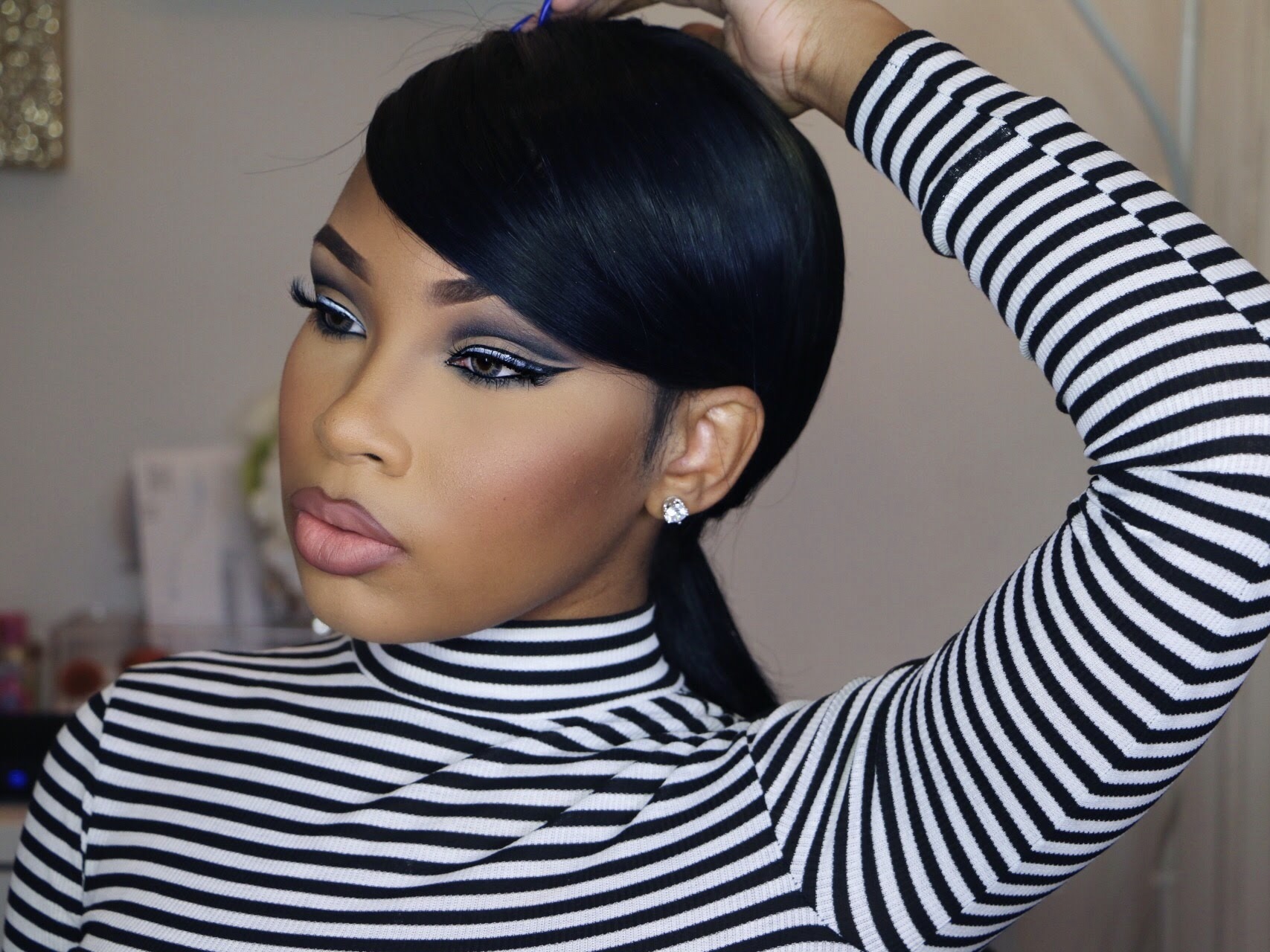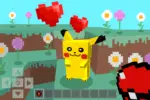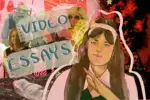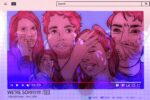Fifteen years ago this month, YouTube was created. What was once a site for watching videos and for artists to release content has since turned into a global mass media corporation for celebrities and non-celebrities alike to share their talents, thoughts and emotions with the entire world. However, it’s interesting how something created during Black History Month isn’t always beneficial to black people. That doesn’t mean that YouTube is racist toward African Americans and people of color; it means that it lacks diversity and can do immensely better in promoting their black YouTubers, who should be advertised just as much as their white counterparts.
This isn’t an accusation against YouTube. They are taking the necessary steps to make the site more inclusive and more productive. They’re changing their policies to silence trolls and encourage actual conversation. Most recently, they created community guidelines to show users and creators the most efficient ways to keep their online community safe and secure. Subjects of concern include violent or dangerous content, sensitive content and regulated goods. They even created YouTube Kids, which doesn’t have a comment section and even has a separate app for children.
Where the problem lies is in the diversity of the YouTube creators that they promote. Akilah Hughes is a YouTuber and a black woman who expressed her disdain over this issue in Splinter: “So, back in February, which is Black History Month, I decided to count how often they promoted black talent with their 49-million-follower Twitter feed. Throughout the whole month, YouTube sent out 15 tweets promoting black creators. And I’m being generous with that: all but five of the promoted black creators were Grammy award-winning musicians. Basically, just a handful of not-already-famous black people got a helping hand. Meanwhile, in the same month, YouTube sent out 167 tweets promoting white creators, many with smaller, more niche followings.”
An average YouTube user will see more advertisements or suggestions on their main feed for white YouTubers than black YouTubers, unless they’re already following some. This is detrimental to users of all races because they’re not given the opportunity to explore new content. A person shouldn’t have to search “Black YouTubers” to find media led by a black person — to find tutorials and uplifting words by people that look, talk and act like them. It hurts YouTube creators and sometimes even discourages new ones because they’re at a disadvantage when it comes to their videos being shared, liked and properly distributed to enough people.
Ok, bet @Youtube and @YTCreators
Stop throttling my videos and actually put it in front of the people who are subscribed to me.
..oh… because I'm black of course. pic.twitter.com/q5zScRfbWH
— Eric July (@EricDJuly) November 6, 2019
This also greatly hurts black creators because for some of them, YouTube is their career. Makeup and hair tutorials are usually sponsored by companies that pay to get their brands advertised through something more personal. Even though brands and stores pay millions for commercials on TV, not as many people still watch cable since the rise of social media and streaming services.
Rani Molla from Vox discussed why the way people now consume media has changed advertising: “In 2019, people are expected to spend an average of 170.6 minutes each day on online activities like watching videos on YouTube, sharing photos on Facebook and shopping on Amazon. They’ll spend slightly less time — 170.3 minutes —watching TV. The global transition from TV to the internet as the main entertainment medium was a long time coming, but it also happened faster than expected. Last year, Zenith predicted that TV would still be more popular in 2019 but has since revised its estimates. Advertisers, for once, are ahead of the curve. Globally, they’re expected to spend $60 billion more on the internet than TV advertising in 2019.”
For examples of this, using makeup tutorials and the famous GRWM (get ready with me) tags, influencers will carefully demonstrate the product. They’ll show details, point out pros and cons of the product and give a potential buyer an idea of how the product will look and work.
Sometimes, people just check the video out for the stories and end up wanting the product. Other times, people click to get inspiration for a new look to try out and end up falling in love with that product. But most importantly, people often just want to see how a product looks on someone who shares their physical attributes without spending the money first. That’s why black YouTubers are so important.
Representation is essential, especially for minorities in America. It’s not only about confidence-building and familiarity, but it’s also about producing opportunities and products for a wide-ranging audience. If Rihanna didn’t debut her 40 (now 50) shades of concealer in September 2017, would there be so many black makeup tutorials out now?
https://www.instagram.com/p/B8p_JfTBemO/?utm_source=ig_web_copy_link
That’s not to say that she is the only reason for the entire black makeup artist community; however, she did start a movement that caused more companies to diversify their makeup products, adding more colors and shades, which in turn created more jobs for people of color to portray them. Rihanna did what South Koreans already knew. There is a huge market for beauty supplies in the black community, mainly because it’s so underrepresented.
Although Essence and Black Enterprise give their audiences an idea of some of the YouTubers of color out there, here are 10 more to check out if you want to truly dive into the waters during Black History Month.
1. MsAaliyahJay
Aaliyah Jay is known for her makeup and wig tutorials, but she most recently started a channel with her boyfriend, who her subscribers called Wizard Kelly, since his face was never shown on camera.
2. Chev B.
Chev B. has a variety of natural hair care and style tutorials to sample. She shows versatility, and she illustrates that natural hair, no matter the type, is limitless.
3. OnlyOneJess
Jess is known for natural hair care and hairstyle tutorials as well as vlogs.
4. Tarek Ali
Tarek covers insightful discussions about race and the LGBTQ+ community, and he also vlogs and does some tutorials. His channel is really good for a laugh when needed.
5. GOTDAMN ZO
Tea will always be spilled on Zo’s channel, as well as twerking and pole lessons: If you need a study break, his videos will land anyone into an endless abyss of happiness. Every video will leave its viewer in tears of laughter.
6. AliyaJanell
Although the dancing is sometimes intimidating, Aliya always uplifts and encourages her dancers no matter their skill level, how they look or weigh, whether they’re male or female or if they’re gay or straight. It’s all about having fun and expressing yourself through choreography.
7. Queen Chioma
You’ll find insightful conversations on this channel. Chioma discusses pop culture topics in the black community that need to be talked about. Additionally, she has some advice videos and GRWM makeup and wig tutorials.
8. HeyParis
With her hilarious story times and her outlandish and bold personality, Paris might not suit all. However, she definitely won’t ever be forgotten.
9. LaToya Forever
LaToya is a millennial mommy that does it all: vlogs, story times (with animations), tutorials and girl talks. It’s honestly a surprise she’s not more well-known (but is it really though?).
10. Halfrican Beaute
Like a wise big sister, Isi does girl talks, advice, hair tutorials, makeup tutorials, clothes hauls and more. Not to mention her boyfriend is like the supportive guy friend that any girl could want.
Honorable Mention
The Ellises
They are a representation of a millennial black family born and bred in Brooklyn. Follow this family through vlogs of their shenanigans in everyday life. Devale and Khadeen will soon be everyone’s marriage goals, and their three sons are some of the most adorable kids you will ever lay eyes on.
















